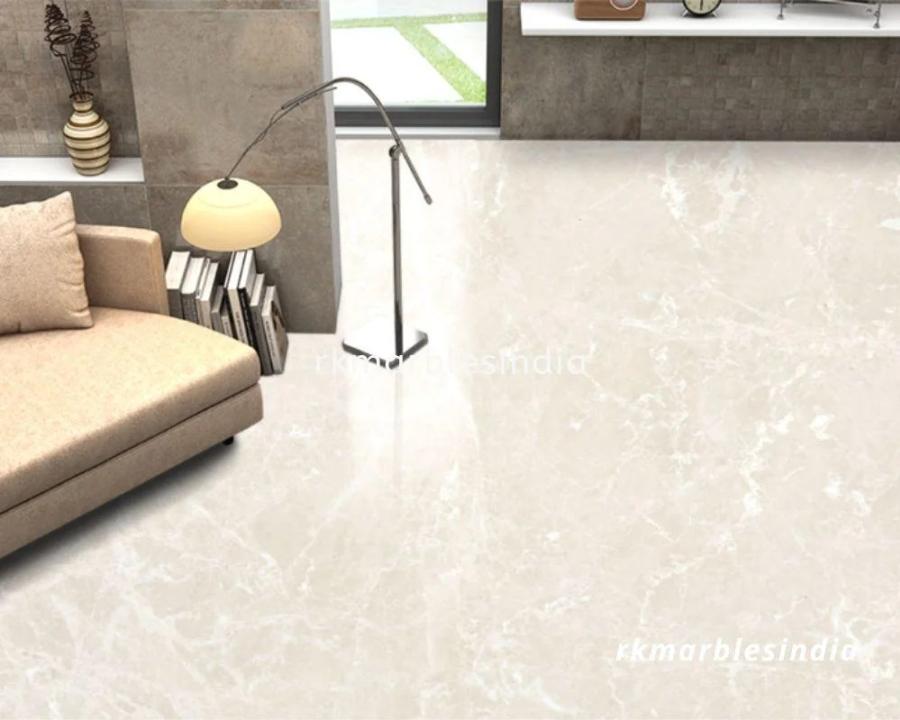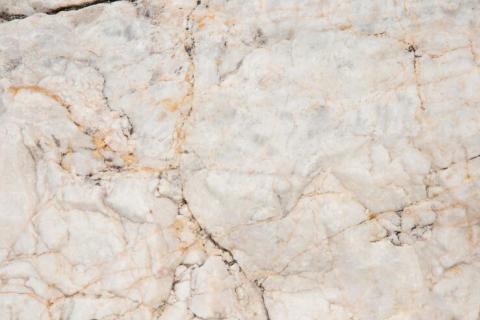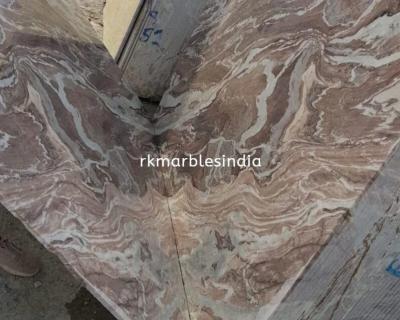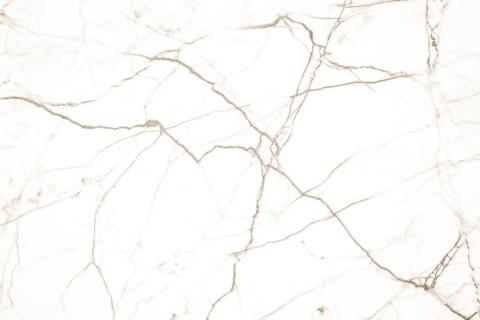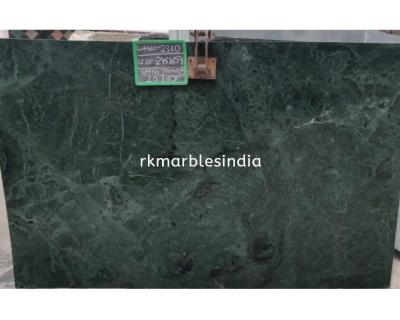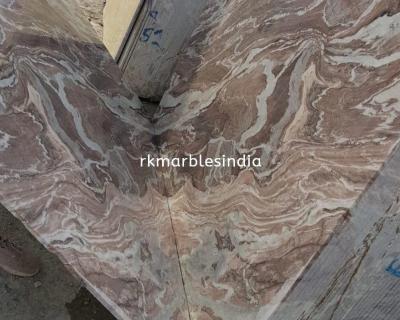Italian marble is renowned for its exceptional quality and has been prized throughout history for its beauty and durability. Here are some key aspects that contribute to its high quality:
1. **Variety of Colors and Patterns**: Italian marble comes in a wide range of colors and patterns, from classic white and gray to vibrant greens and deep reds. This variety allows for a range of design options and can suit many aesthetic preferences.
2. **Fine Grain and Texture**: The texture of Italian marble is often fine and smooth, which gives it a luxurious feel. High-quality Italian marble typically has a consistent grain and minimal veining or imperfections.
3. **Durability**: Italian marble is generally durable and strong, though it can be more porous than other types of stone. With proper care and maintenance, it can last for many years.
4. **Workability**: Italian marble is known for being relatively easy to cut and shape, which is why it has been favored by sculptors and builders for centuries. This workability allows for intricate designs and high-quality finishes.
5. **Historical Significance**: Italy has a rich history of marble quarrying, especially in regions like Carrara, which has been producing marble since Roman times. The historical significance adds to the prestige and perceived quality of Italian marble.
6. **Reputation**: The reputation of Italian marble is bolstered by its use in famous historical and architectural landmarks, such as the Parthenon and Michelangelo's David, which adds to its allure and perceived quality.
When selecting Italian marble, it’s important to consider factors such as the specific quarry, the marble's grade, and how well it fits with your intended use and design goals.
